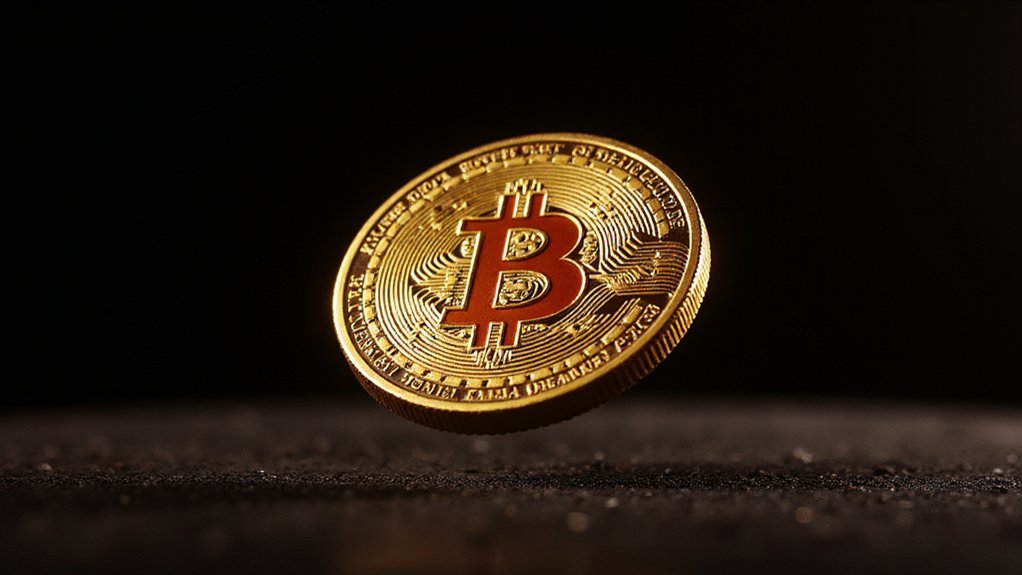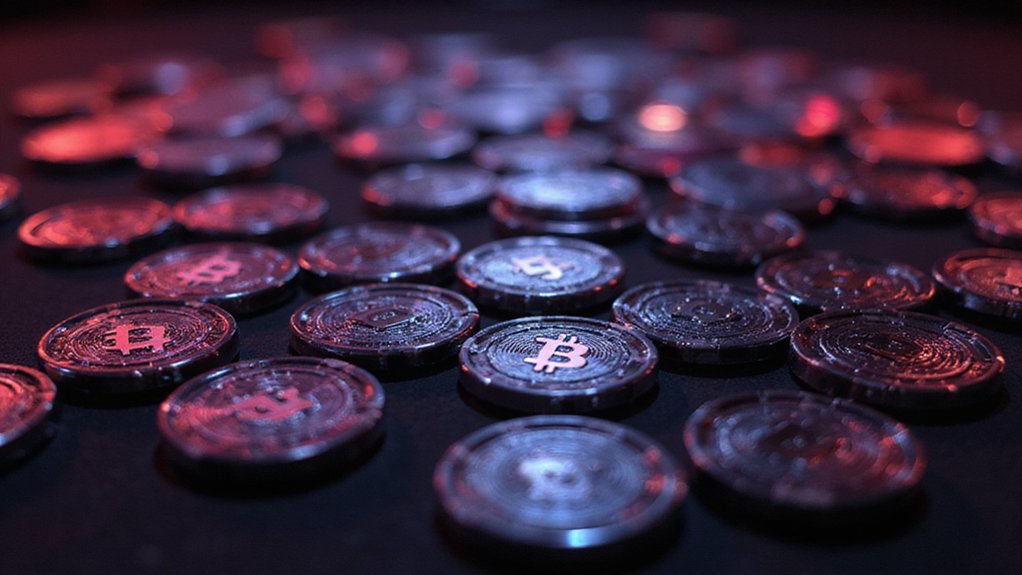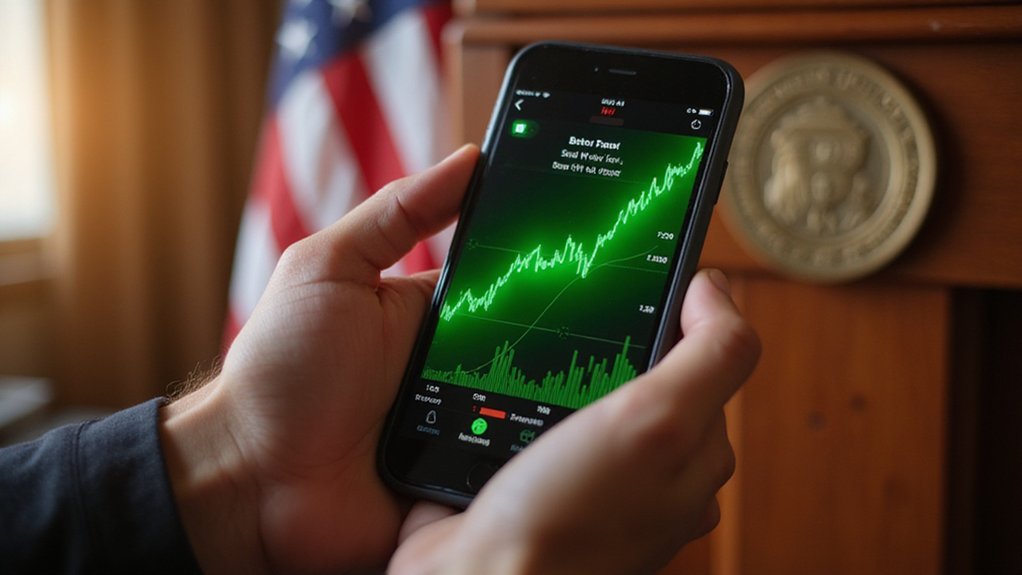While most cryptocurrency projects grapple with achieving transferability and market liquidity, the WLFI token has taken the rather unconventional approach of deliberately restricting these fundamental features—only to reverse course when market dynamics proved less accommodating than anticipated.
The World Liberty Foundation’s recent announcement represents a complete philosophical pivot from their original non-transferable token design. This reversal—driven by community pressure for trading capabilities—suggests that even projects with strong political branding cannot entirely escape the gravitational pull of market forces. The decision opens previously locked tokens to secondary market speculation, fundamentally altering the project’s risk profile.
Market performance has been nothing short of remarkable, with WLFI surging approximately 274% over one month as of mid-May 2025. This growth trajectory, fueled by strategic partnerships and DeFi ecosystem integration, has propelled the token well above its October 2024 presale pricing. Token holders seeking to maximize returns could potentially explore liquidity mining opportunities once full transferability is implemented, though this would introduce additional smart contract risks.
Yet beneath this enthusiasm lies a mathematical reality that should temper expectations. With 100 billion tokens in total supply, WLFI faces significant structural headwinds. Achieving the psychologically appealing $1 price point would require a $100 billion market capitalization—a valuation that would place it among cryptocurrency’s elite, despite unclear utility beyond political fandom monetization. Potential token burns or supply reduction mechanisms could provide relief from these inflationary pressures, though no such measures have been announced.
Simple mathematics reveals WLFI’s ambitious $1 target would demand a $100 billion valuation—placing it among crypto’s elite despite questionable fundamentals.
More realistic early-stage valuations between $10-100 million suggest token prices closer to $0.001, assuming traditional market cap benchmarks apply. The Trump family’s branding association creates unique dynamics in this space, attracting a niche investor base while raising questions about regulatory compliance.
The project’s broad utility remains frustratingly vague, with speculation and political affiliation serving as primary value drivers rather than tangible use cases. As the implementation of transferability approaches (timeline undisclosed), WLFI holders should prepare for increased volatility.
Secondary market trading will likely amplify price swings as speculative capital encounters the token’s concentrated early distribution. Exchange listings may boost visibility, but they will also subject WLFI to the unforgiving scrutiny of broader market participants who may prove less sympathetic to political branding than the initial supporter base.
Whether this shift from restricted asset to tradable commodity enhances or undermines long-term value remains an open question—one that upcoming market forces will answer definitively.









